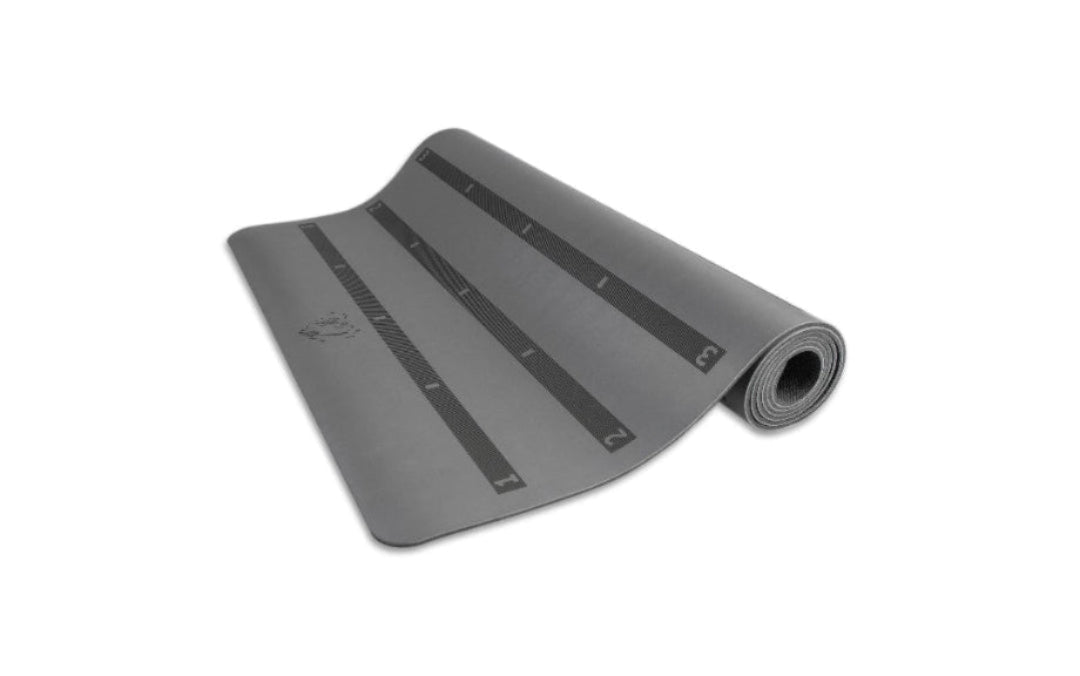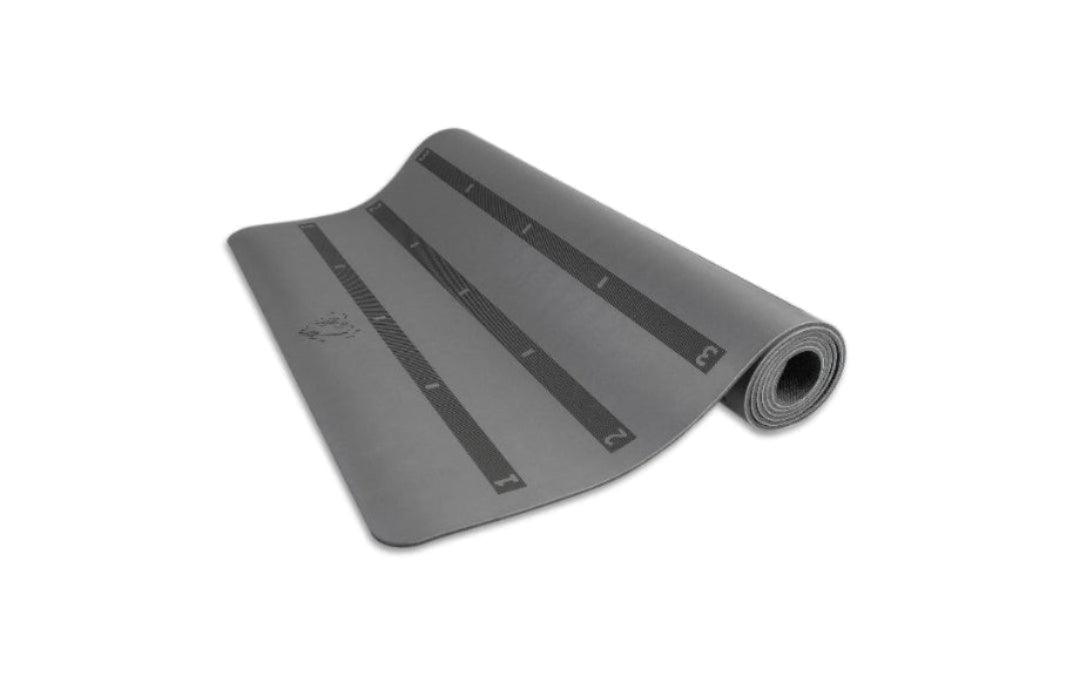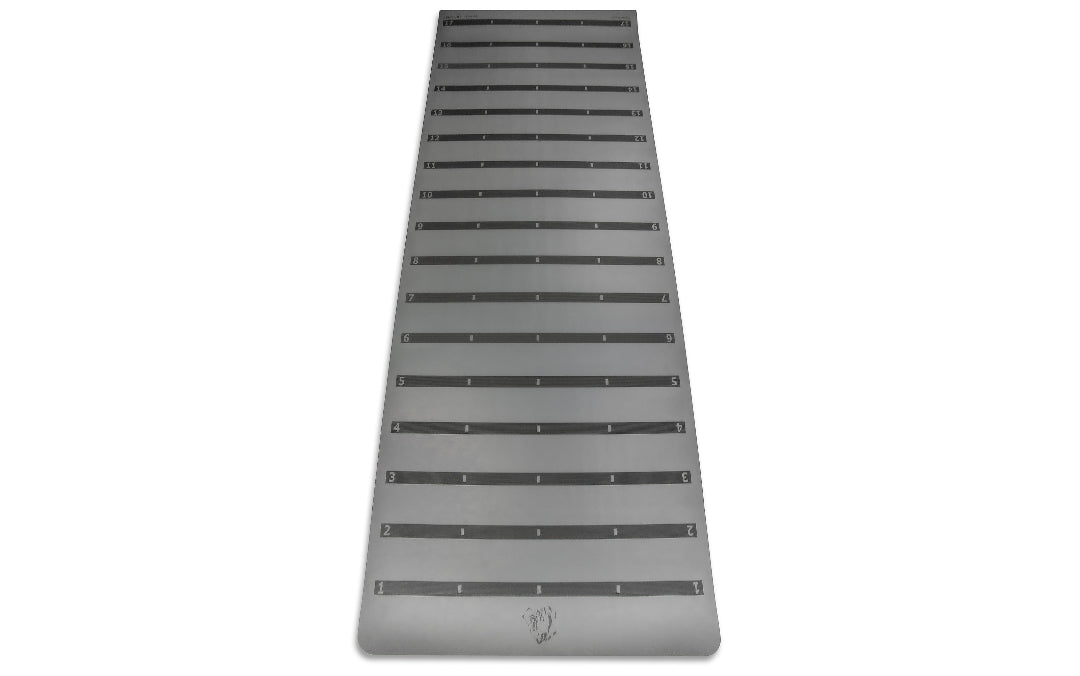Meal prepping has become a go-to strategy for busy students, professionals, and anyone looking to simplify their week while sticking to healthy habits. If you're new to the concept, it can feel intimidating; images of fancy recipes and hours of preparation might flood your mind. But meal prepping doesn't have to be complicated or cover the next two weeks. It’s simply the process of planning and preparing meals in advance, and even small steps can lead to big results.
Why Meal Prep?
There are a few key reasons why meal prepping is worth the hype:
- Saves time during the week
- Reduces food waste
- Helps you stick to a budget
- Makes it easier to eat healthy and avoid impulse takeout
- Cuts down daily stress by removing the “what should I eat?” decision
Step 1: Set a Goal
Start by figuring out why you want to meal prep. Do you want to eat healthier? Save money? Build a new habit? Your goal will guide the types of meals you prep and how much time you dedicate to it.
Step 2: Pick a Meal Prep Style

There’s no one-size-fits-all approach. Here are a few common methods:
- Batch Cooking: Make large portions of one meal to eat throughout the week.
- Make-Ahead Meals: Fully cook meals that you just need to reheat.
- Ingredient Prep: Wash, chop, and portion ingredients so you can mix and match fresh meals later.
Step 3: Plan Your Meals
Start small by trying to prep 2–3 days of meals, or just lunches for the workweek. Choose recipes you enjoy and that store well. Think stir-fries, grain bowls, pasta salads, and overnight oats. Don’t forget to balance carbs, protein, and fats for a more tasty, satisfying meal.
Step 4: Grocery Shop with a List
Once your meals are planned, write out a shopping list organized by category (produce, proteins, pantry, etc.) to save time and avoid impulse buys.
Step 5: Choose the Right Containers

Invest in a few quality, leak-proof containers in various sizes. Glass containers are great for reheating; compartment containers are helpful for balanced portions.
Step 6: Prep Smart
Set aside 1–2 hours on a weekend or evening. Turn on a podcast or playlist and get into a flow. Cook, portion, label, and store your meals. Keep snacks and grab-and-go items visible for easy access.
Sample Overnight Oats Base Recipe)
Servings: 1
Prep Time: 5 minutes
No cooking required

Ingredients:
- 1/2 cup rolled oats
- 1/2 cup milk (dairy or plant-based)
- 1/2 cup Greek yogurt (for added protein – optional but recommended)
- 1–2 tsp chia seeds (for fiber & texture)
- 1 tsp honey or maple syrup (optional)
- 1/2 tsp vanilla extract
- 1 tbs flaxseed meal (for fiber – optional)
- Pinch of salt
Toppings (choose your favorites, no limit!):
- Bananas
- Berries (fresh or frozen)
- Peanut butter, almond butter, or nut butter
- Cinnamon, cocoa powder, or chocolate
- Vanilla flakes
Instructions:
- In a mason jar or airtight container, combine the oats, milk, yogurt, chia seeds, sweetener, vanilla, and salt.
- Stir well until everything is evenly mixed.
- Add your toppings or layer them on top (especially if you're adding fruit).
- Cover and refrigerate overnight (or at least 4–6 hours).
- Enjoy cold the next morning, or warm it up in the microwave for 30–60 seconds if you prefer!
Final Tips
- Start simple, don’t try 5 new recipes at once.
- Stick with recipes you already like.
- Label meals with names and dates.
- Leave room for flexibility, you don’t have to prep every meal.
Meal prepping can truly transform your week. With a little upfront effort, you’ll feel more organized, healthier, and in control of your time. Give it a try and tweak the process until it works for you!




